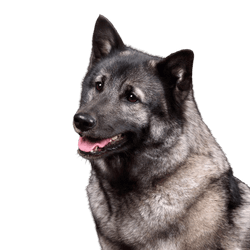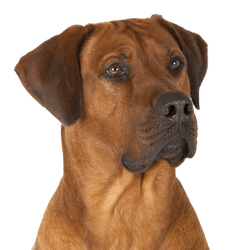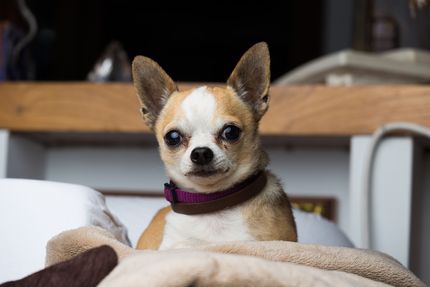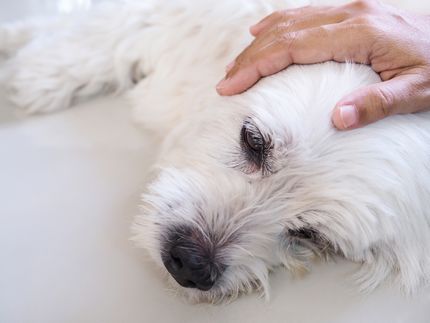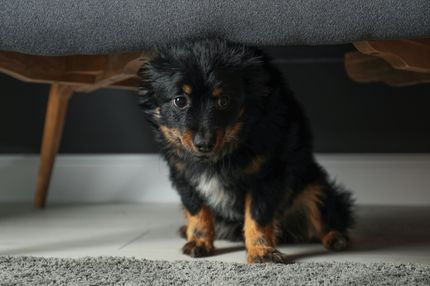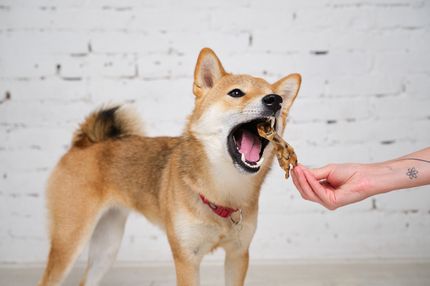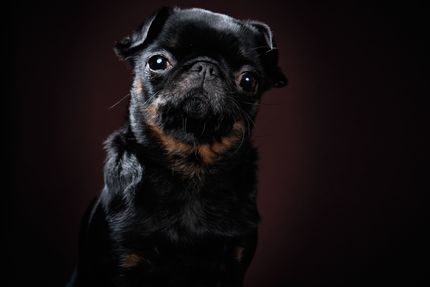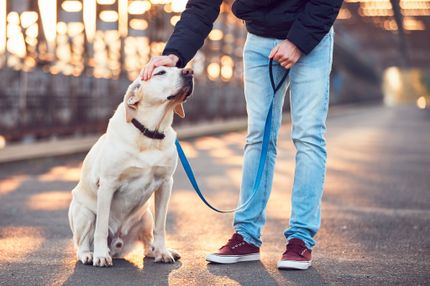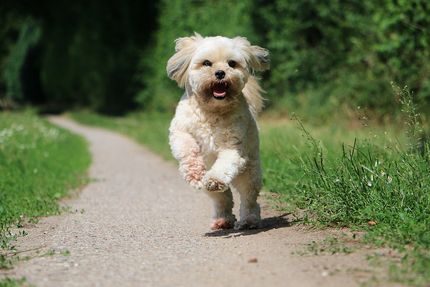Facts & Origin
Norwegian Ridgeback (Norwegian Elkhound Grey and Rhodesian Ridgeback Mix)
The Norwegian Ridgeback is a mixed breed created by crossing a Norwegian Elkhound Grey and a Rhodesian Ridgeback. Both parent breeds have impressive histories and working abilities, with the Norwegian Elkhound having its roots in elk hunting and the Rhodesian Ridgeback being known for its lion hunting abilities. This hybrid breed likely originated in the United States, although the exact origin is unknown.
Suitability and Husbandry
Because of their energy and size, Norwegian Ridgebacks are best suited for a home with plenty of room to move and play. They require a lot of exercise and mental stimulation, so they are best suited for active families who are willing to put in the time for extensive walks, play, and training.
These dogs get along well with children and other animals if properly socialized. However, their natural hunting instincts can lead them to chase smaller animals, so early and thorough socialization is important.
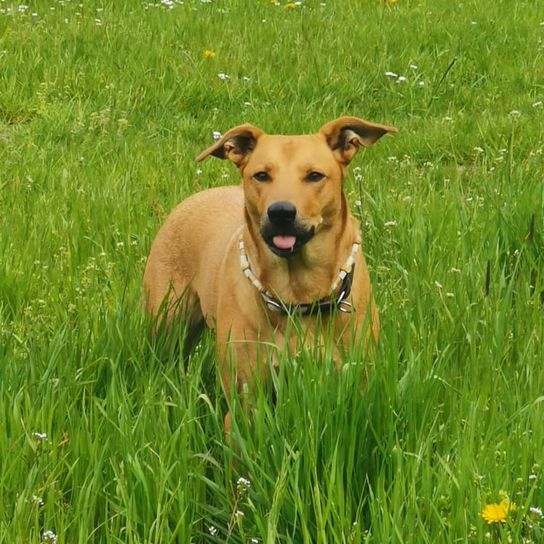
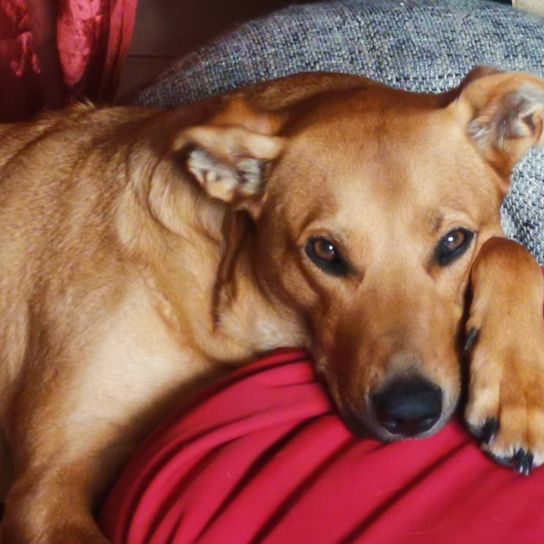
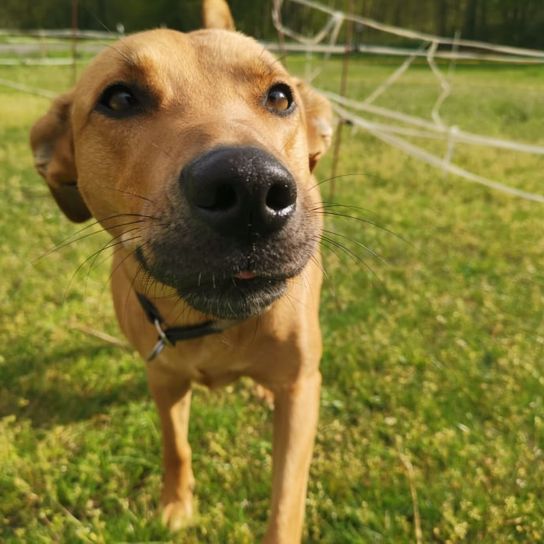
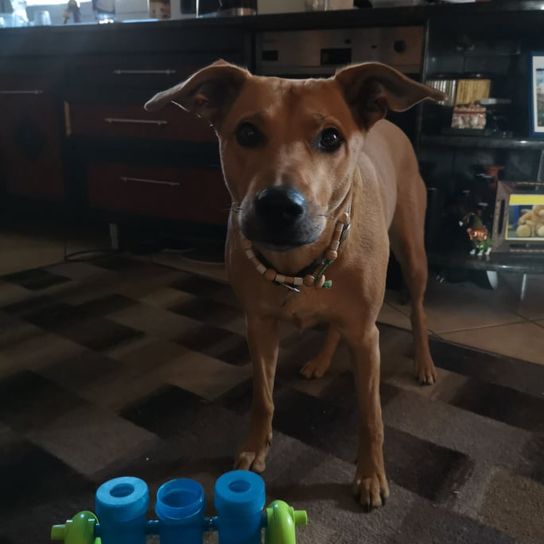
| Alternate Name | - |
| Origin | Norway - South Africa |
| Life expectancy | 10 - 15 years |
| Care requirements | high-maintenance - low-maintenance |
| Activity level | high - average to high |
| FCI group | not recognised |
| AKC group | not recognised |
| KC group | not recognised |
More Norwegian Elkhound grey mixes
More Rhodesian Ridgeback mixes
Attitude, character and temperament of the breed
Possible character traits
The Norwegian Ridgeback is known for its loyalty, intelligence and eagerness to work. These dogs are very active and energetic animals that need a lot of exercise. They are very loving and affectionate towards their families and appreciate the time spent with them. Their intelligence and eagerness make them good working dogs and they are well suited for a variety of tasks including hunting, tracking and agility training.
The Norwegian Ridgeback is an energetic, loyal and intelligent dog that can shine as both a working and family dog . With enough exercise, care and love, this dog will be a loyal and fun-loving companion for any active family.
Usage
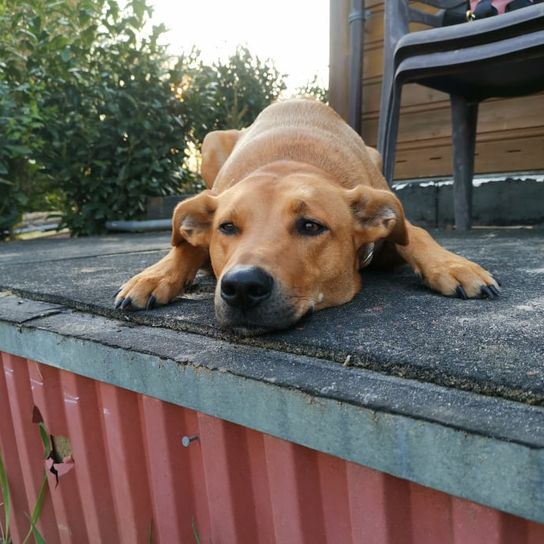
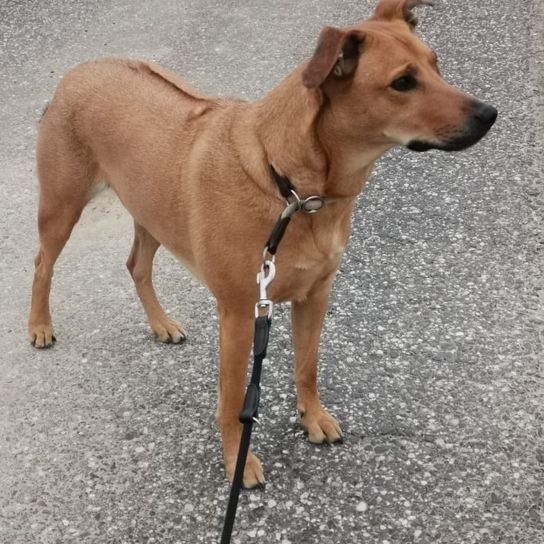
Grooming and health
The Norwegian Ridgeback has a thick coat that requires regular grooming to stay healthy and clean. They should be brushed weekly to remove loose hair and prevent skin problems.
Like all large dog breeds, Norwegian Ridgebacks can be prone to certain health problems, including hip and elbow dysplasia, eye problems, and heart disease. Regular vet visits and a good diet are important to keep these dogs healthy.

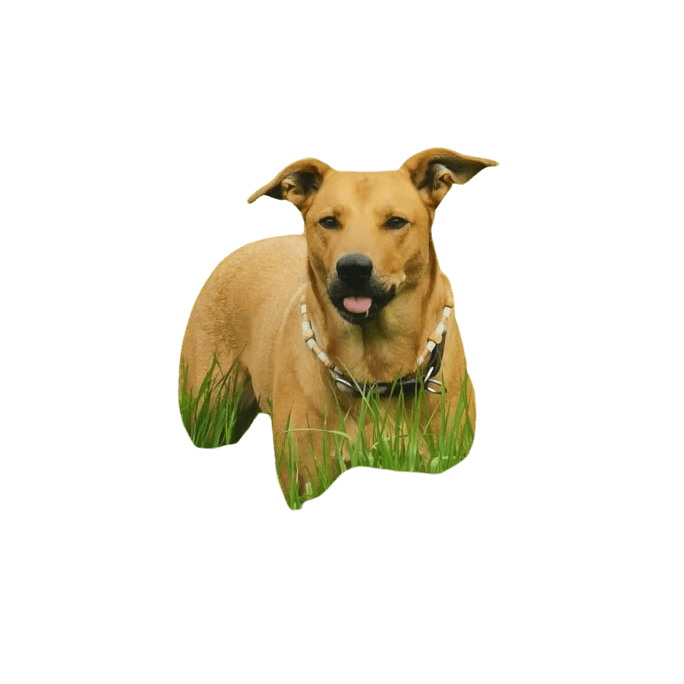
What does this mongrel look like?
The Norwegian Ridgeback is a large and powerful dog that reaches a height of 50 to 60 cm and weighs between 25 and 35 kg. The coat of the dog is of medium length, dense and water repellent. Coat colors can vary depending on which parent breed is dominant, but grays, reds, and combinations thereof are most common. A prominent ridge (hair crest) on the back, similar to that of the Rhodesian Ridgeback, may be present.



Known Diseases
Hip dysplasia (HD)
Hip dysplasia (HD) is a genetic condition in dogs where the hip joint is not shaped properly. This leads to pain, stiffness and restricted movement.
Elbow dysplasia (ED)
Elbow joint dysplasia is a chronic disease complex of the elbow joint of fast growing dog breeds.
Ataxia
Ataxia (from Greek ἀταξία ataxia 'disorder' 'irregularity') is a generic term in medicine for various disorders of movement coordination. Ataxia can occur even when there is no paralysis (paresis), that is, when there is normal muscle strength.
FAQ
-
This mixed breed has a typical shoulder height of 50 to 60 cm.
-
This mixed breed is usually very lively, playful and docile. They are also very loyal, easy to train and faithful.
-
No, this mixed breed does not necessarily need a large garden. A good fence and regular walks are enough to keep them busy.
-
These mixed breeds can grow up in association with other pets. However, this requires early socialization.
-
Yes, this hybrid breed is very friendly and caring towards children. However, they are still very active and need further training to learn appropriate behavior.

